This curious pendant, with its swift brushwork and vivid colors, illustrates the key episodes from the Book of Jonah.
Charged by God to preach in Nineveh, the prophet tries to escape his mission and sets sail. Cast into the sea during a storm, he is swallowed by a great fish—traditionally a whale—before being miraculously released alive after three days and nights of prayer. Reconciled with his task, he finally goes to Nineveh, where his preaching brings about the city’s conversion.
The two canvases depict the central scenes: Jonah cast into the sea, and later his salvation as he emerges from the belly of the monster. The first painting shows the storm and the prophet’s imminent engulfment by a monstrous fish with gaping jaws. The second depicts his deliverance: Jonah, half-naked, rushes towards the shore under a clearing sky, while the creature recedes in the background. The dramatic power of the waves and the luminous contrasts underscore both human fragility and divine will.
These works, stylistically close to Antonio Francesco Peruzzini (1643/1646–1724), highlight his mastery of landscape—lively and colorful—shaped by a career in Rome, Bologna, and Florence, and by his fruitful collaboration with Alessandro Magnasco. Rediscovered in the 20th century, Peruzzini is now regarded as one of the great innovators of late Baroque landscape painting.


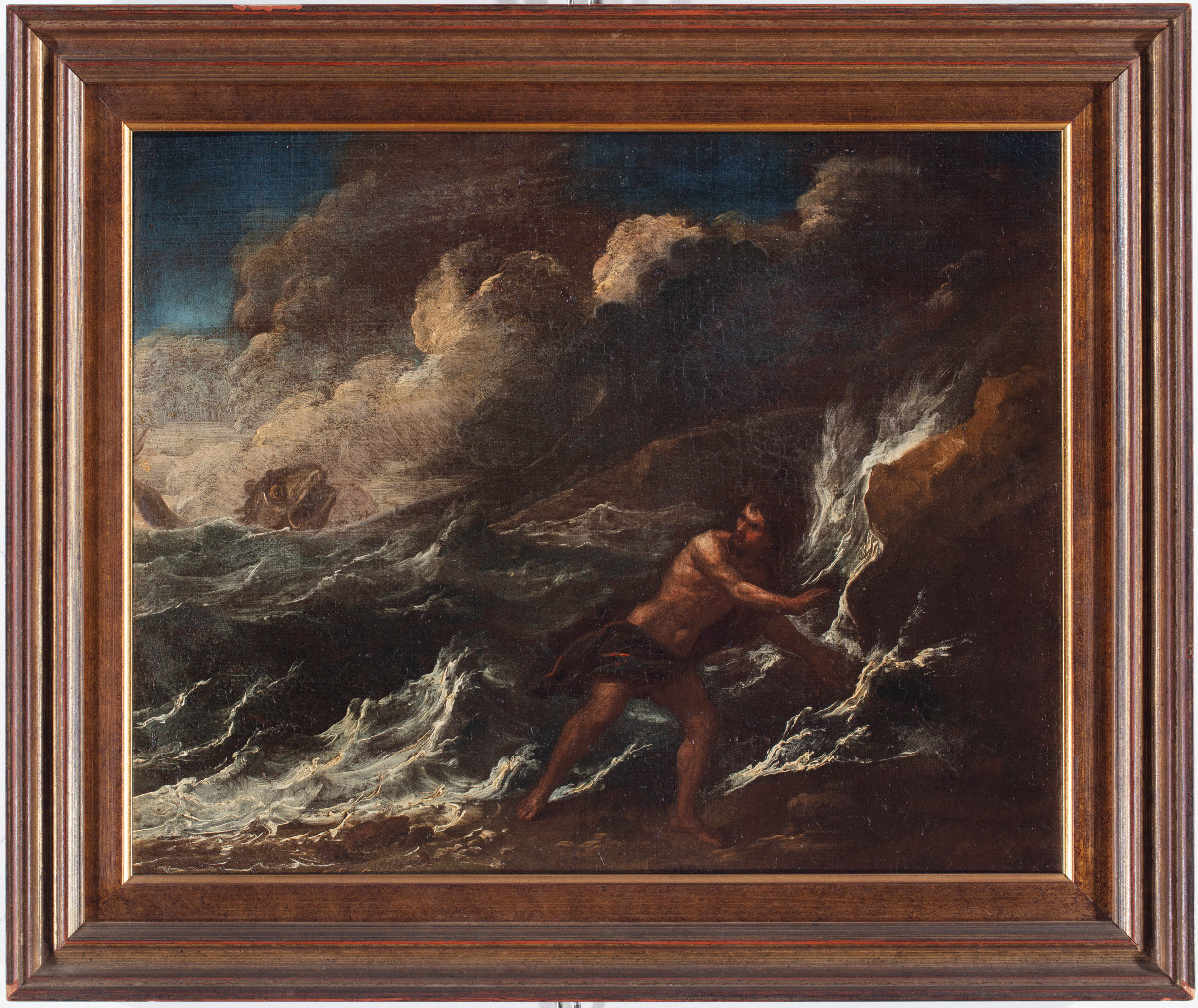
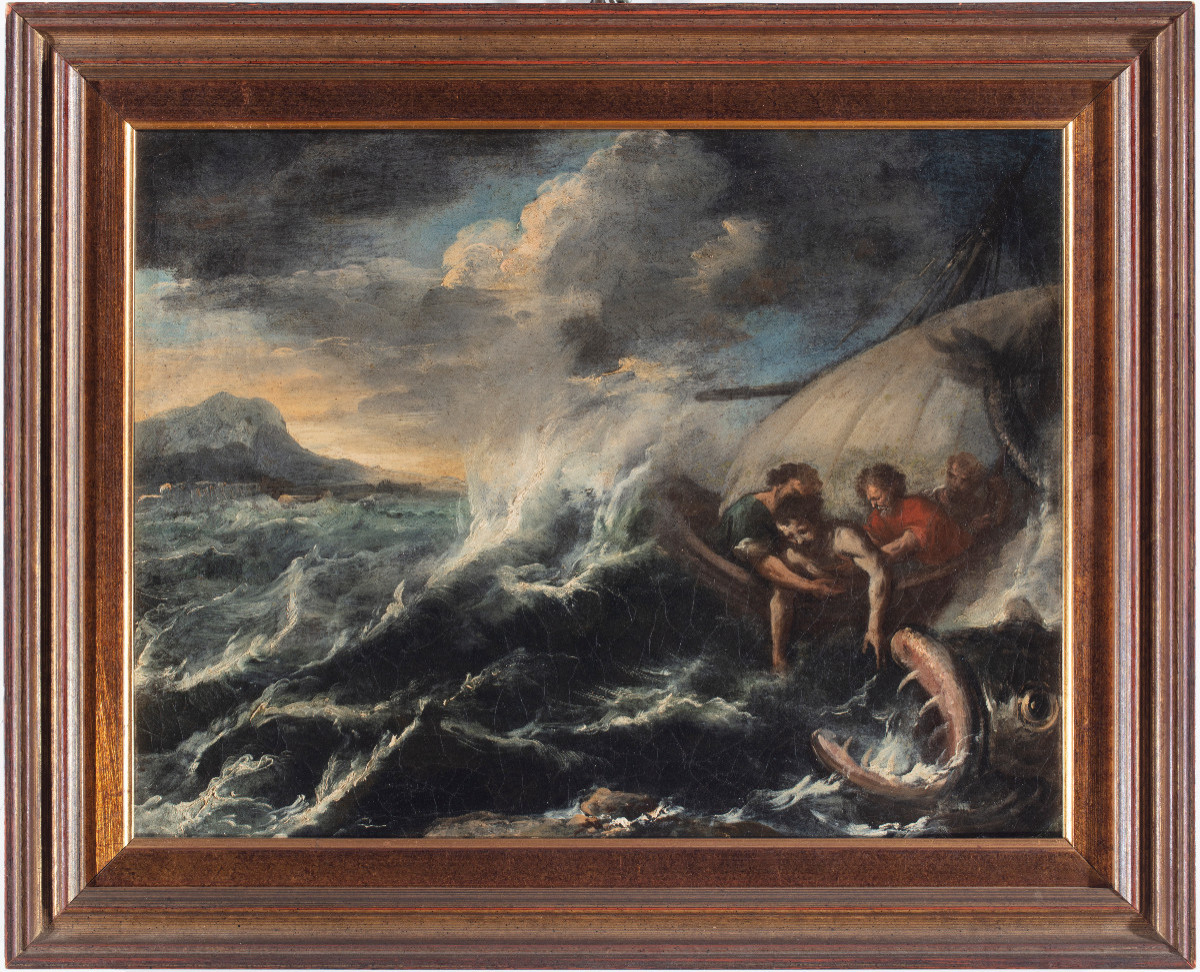
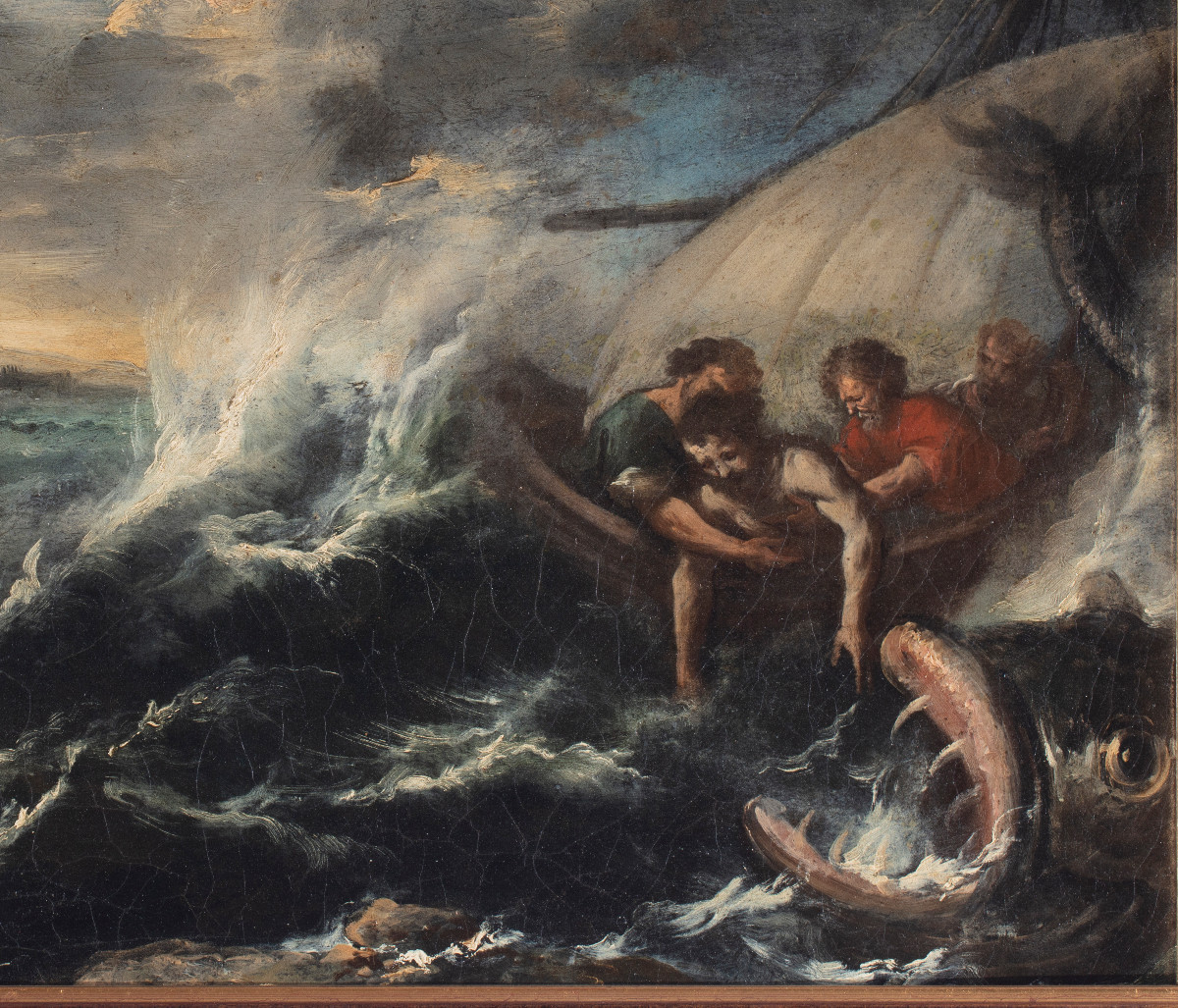
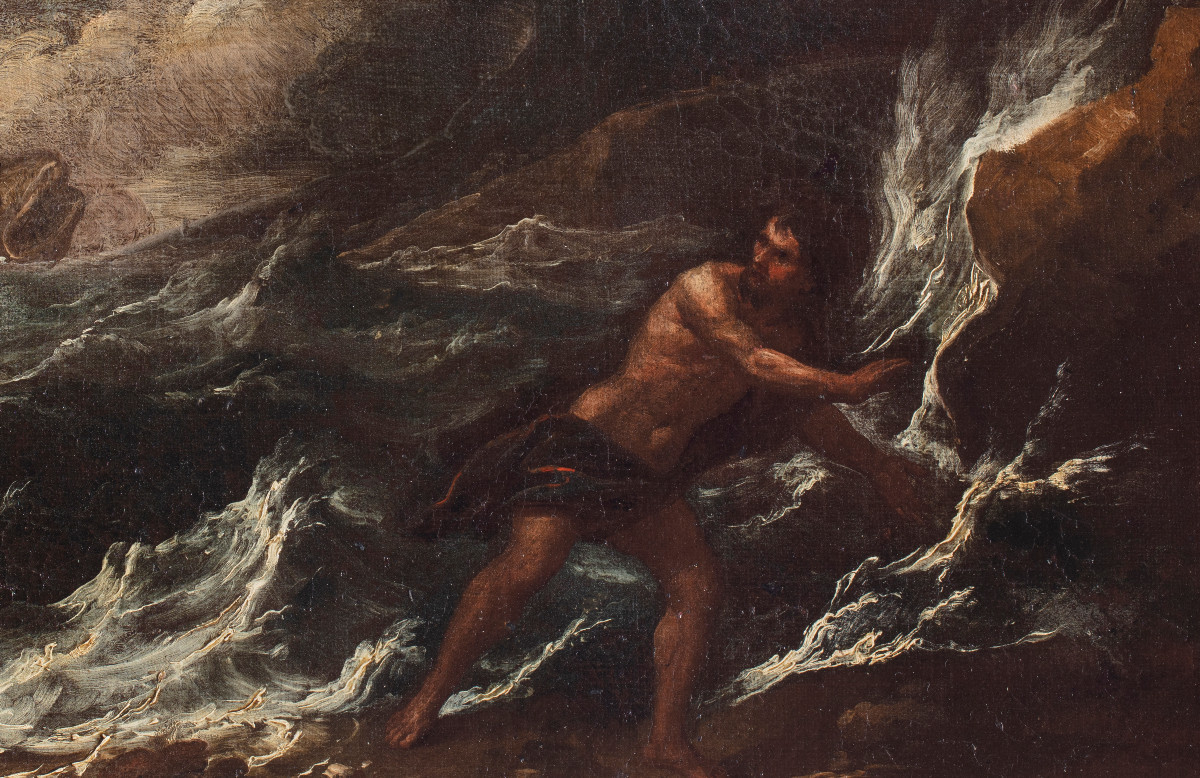





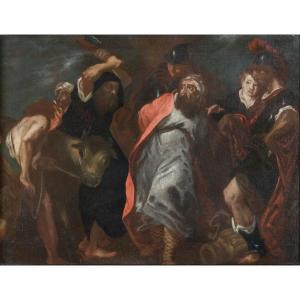

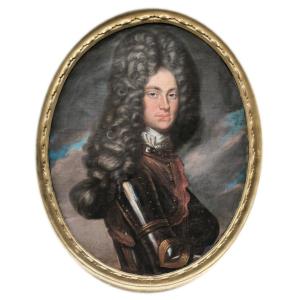
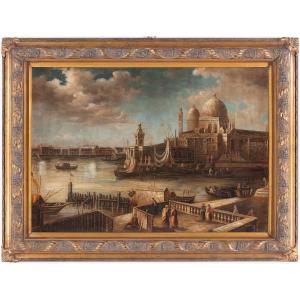
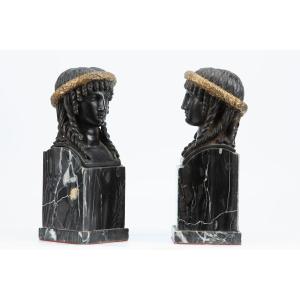
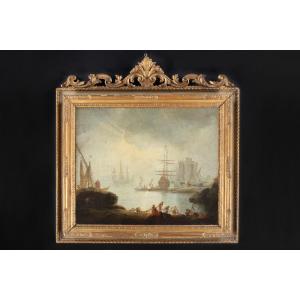
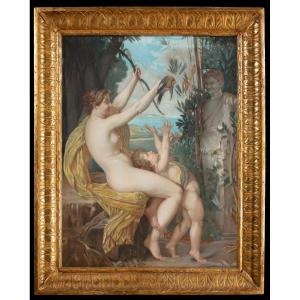

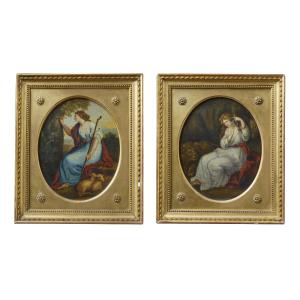






 Le Magazine de PROANTIC
Le Magazine de PROANTIC TRÉSORS Magazine
TRÉSORS Magazine Rivista Artiquariato
Rivista Artiquariato